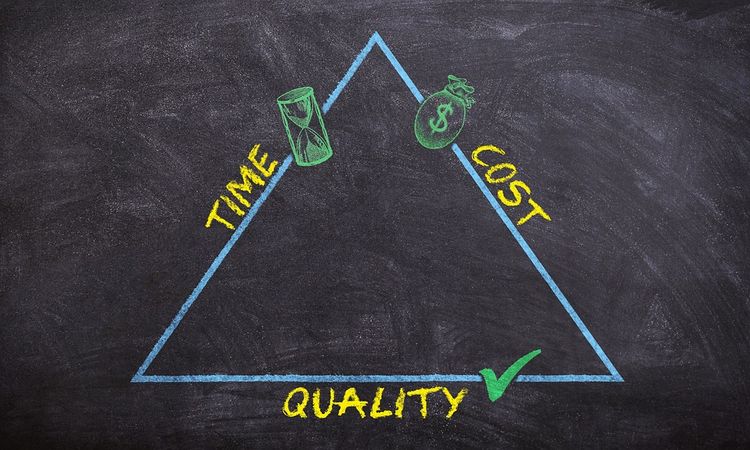Time Management in the Digital Age: Best Practices for Taming the Time Thief

In this fast-paced, digitally-driven world, time seems to slip through our fingers faster than ever before. With constant distractions and the overwhelming amount of information available at our fingertips, it has become increasingly challenging to manage our time effectively. However, by implementing the right strategies and best practices, we can tame the time thief and regain control over our precious hours.
One of the main culprits stealing our time in the digital age is undoubtedly technology itself. Social media platforms, addictive games, and the constant influx of notifications can easily derail our focus and productivity. To combat this, it is crucial to establish clear boundaries and set limits on our use of technology. Designate specific time blocks for checking emails, scrolling through social media, or playing games, but be disciplined in adhering to these time constraints. By doing so, you will be able to allocate your attention more efficiently and refrain from falling into the time-wasting trap.
Another effective way to manage time in the digital age is to prioritize tasks and adhere to a structured schedule. Begin by identifying your most important and time-sensitive goals and create a to-do list. However, avoid overwhelming yourself by setting too many tasks for a given day. Instead, focus on a few key responsibilities that align with your priorities. Set specific time slots for each task and try to stick to them as closely as possible. Remember to factor in breaks and moments of rest, as these play a vital role in maintaining productivity levels throughout the day.
In addition to scheduling tasks, it is essential to eliminate or delegate nonessential activities. Evaluate your commitments and identify any tasks that do not align with your long-term goals or contribute significantly to your personal or professional growth. Consider whether these tasks can be either eliminated or delegated to others. By freeing up your schedule from unnecessary obligations, you will have more time and energy to dedicate to what truly matters.
The digital age has also presented us with new tools and technologies that can aid time management. There are countless applications and software programs specifically designed to help improve productivity and manage time effectively. Explore different options and find the ones that suit your needs and work style the best. For instance, project management tools like Trello or Asana can help organize and track tasks, while time-tracking apps such as RescueTime or Toggl can provide insights into how you are spending your time. By utilizing these digital tools, you can optimize your workflow and ensure that no valuable moments slip away unnoticed.
Lastly, it is important to acknowledge the significance of self-care and maintaining a healthy work-life balance. While technology has made it easier to work from anywhere and at any time, it is crucial to set boundaries and establish a clear separation between work and personal life. Establish a dedicated workspace, preferably outside of your bedroom, to avoid distractions and create a clear distinction between work and leisure time. Additionally, prioritize regular breaks, exercise, and quality time with loved ones. Taking care of yourself both physically and mentally is essential for sustained productivity and overall well-being.
In conclusion, time management in the digital age has become more challenging than ever before. However, by implementing best practices and utilizing the available tools and strategies, we can regain control over our time and achieve greater productivity. Set boundaries with technology, prioritize tasks, eliminate nonessential activities, utilize time management tools, and maintain a healthy work-life balance. With these practices in place, you can successfully tame the time thief and make the most of each fleeting moment.



